INTRODUCTION
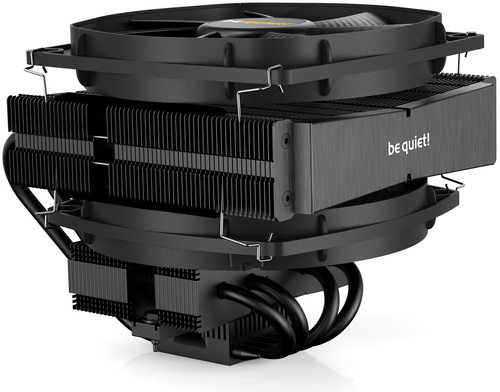
Size may not always matter in everything but it sure matters a whole lot when it comes to coolers, regardless of type. This stands as true for refrigerator units as it does to huge mainframe cooling systems and of course CPU and GPU coolers. So, whenever a manufacturer takes a successful cooler back to the drawing board to either make it bigger or equip it with improved airflow (or pressure) fans (or both) it no longer comes as a surprise to anyone. Back in 2015 be quiet! released one of their most popular and highest performance top-down CPU coolers to date, the Dark Rock TF which roughly 2 weeks ago they upgraded to the Dark Rock TF 2 model that I've been testing for the past 3 days and is also what today's review is all about.
be quiet! is a premium brand of power supplies, PC cases and cooling solutions for desktop PCs. The products of be quiet! offer legendary quiet operation and first-class performance thanks the passion for quality and precision. Attention to detail is the key to perfection. Which is why our very own experts lead product conception, design and quality control from our headquarters in Germany. be quiet! sticks to its name: More than 15 years’ experience in the field of noise reduction and silence make be quiet! products probably the most silent ones on the market.
Even though the original Dark Rock TF (stands for Top Flow) and the newly released Dark Rock TF 2 look almost identical they do have certain differences (there are also a couple of aesthetic differences but these don't affect performance). The first difference has to do with size so even though the original Dark Rock TF was already a large dual-heatsink top-flow cooler that measured 162.6x140x130.8mm the new Dark Rock TF 2 is even larger at 163x140x134mm (both feature a ceramic black coating). So even though the lower heatsink remains at 64 (32 top/32 bottom) this change in size results in the top heatsink of the TF 2 having a single extra fin compared to the original TF model (63 - 64 if we also include the front aluminum plate/62). The 2nd difference has to do with the bundled fans so the original Dark Rock TF was bundled with 2 Silent Wings 135mm fans (1400RPM/26.7dBA/67.8CFM) the Dark Rock TF 2 is bundled with a Silent Wings 3 135mm fan (funnel shaped air-inlet/1300RPM) and a Silent Wings 135mm fan (1400RPM). These differences give the Dark Rock TF 2 a TDP (thermal design power) of 230W as opposed to the 220W of the original Dark Rock TF.
SPECIFICATIONS AND FEATURES

PACKAGING AND CONTENTS
Once again this be quiet! cooler gets shipped inside a black box that has a large product picture at the front next to the company logo.
For more information about the product just scan the 2D barcode located on the left side of the box with your smart phone or tablet.
The specifications table is printed on the right side of the box right over the cooler's TDP and beneath a few words about be quiet!.
At the rear be quiet! has placed 4 pictures used to showcase the main product features.
Packing is very good with both fans placed inside cardboard boxes and the heatsink between two pieces of foam.
Along with the Dark Rock TF 2 and its two Silent Wings fans inside the box you will also find 4 fan clips (2 for the thin fan and 2 for the funnel shaped air-inlet fan), fan y-splitter, small thermal paste tube, Intel backplate, mounting bar, user manual, warranty information paper and mounting sets for both Intel LGA 1150/1151/1155/1156/1200/2011/2011-3/2066 and AMD AM3/AM3+/AM4 motherboards.
THE DARK ROCK TF 2
Standing 107mm tall, 164mm long and 140mm wide just the black coated heatsink of the Dark Rock TF 2 is larger than most top-flow CPU coolers in the market today.
The top heatsink has anti-vibration rubber inserts on both the top and bottom.
Be quiet has placed their logo at the front of the cooler.
The top heatsink has a total of 63 aluminum fins and two holes used to mount it onto your motherboard.
Here you can see both the top and bottom heatsinks (the bottom heatsink is actually 2 heatsinks).
Here you can see the six 6mm nickel plated copper heatpipes.
The nickel plated copper base is polished and has almost no machine marks on it.
Here you can see both Silent Wings fans bundled with the Dark Rock TF 2 (the 1300RPM model is placed over the heatsink whereas the 1400RPM model is placed beneath it.

 With both of the fans installed the Dark Rock TF 2 now weighs 945g and stands 134mm tall.
With both of the fans installed the Dark Rock TF 2 now weighs 945g and stands 134mm tall.
TEST BED
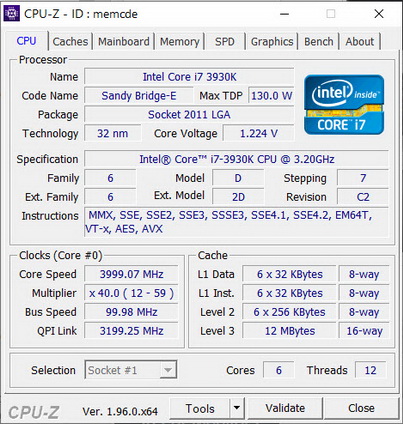

TESTING METHODOLOGY
We always take things quite seriously when it comes to work so just like with the previous LGA1366 database we will not be testing each CPU Cooler on its own and with different ambient temperature levels and thus we can actually have yet another valid CPU Cooler database. Testing a CPU Cooler automatically means that you need to know where it stands against the immediate competition and to accomplish that we have spent both money and time through the years, something that we plan to continue to do so in order to get the most accurate results for the end consumers who read these lines. Every CPU cooler in this database is tested with the bundled 140mm/120mm/92mm/80mm fans while working at both idle speed and 100% of their speeds for all the temperature tests. CPU Coolers that do not come bundled with a fan/s are measured using a Noctua fan (size dependent on the model) to test for the temperature tests but due to the lack of a stock fan dBA level tests are obviously skipped. Single (120/140mm) watercooling solutions are tested with the radiator mounted at the rear of our test rig while dual/triple/quad (240/260/280/360/420/480/560mm) solutions with the radiator mounted at the top. For the dBA tests every cooler in the database was measured both while on idle mode or with the fan controller in the minimum setting and while on extreme load or with the fan controller all the way to the highest possible setting (PWM fans do that on their own without our intervention). Every single test takes place in a temperature controlled room of 23 degrees Celsius Ambient Temp with the help of two AC units placed diagonally inside the room. The Noctua NT-H1 thermal paste is used with every CPU Cooler in our latest LGA2011 database (although initially this was not the plan, we had to change things to get the most accurate results). Finally, it's very important to point out that just because a CPU Cooler is better than another when tested with our test rig that does not necessarily mean that the same performance differences will apply 100% for other CPU models and in other situations (such as different ambient temps and system configurations).
To successfully record the load temperatures, we use the latest OCCT application for around 6-10 minutes to push the processor to its limits and after that is done and the temperatures are recorded, we wait for about 10-20 minutes for the CPU to cool down and record the idle temperatures. This is done to allow time for the thermal conductive material to achieve the optimal performance level. Same procedure is then repeated with the Passmark BurnIn Test as a failsafe just in case the OCCT results are wrong. This procedure is more time consuming than the usual peltier/thermometer tests but this way not only can we deliver real world results to our readers based on real CPUs but we can also triple check the results using a variety of programs. Last but not least the temperatures were recorded using both the latest versions of AIDA64 and RealTemp while the noise level tests are performed using a high precision ExTech HD600 Decibel Meter placed about 10-15cm above the CPU Cooler. Still although the same testing procedure applies to all units do take into consideration that unlike the official numbers which are measured in special noise isolated labs with just the fans here, we also have both the rest of the cooler and the rest of the system (although all system fans are turned off when recording noise levels).
TEST RESULTS


CONCLUSION
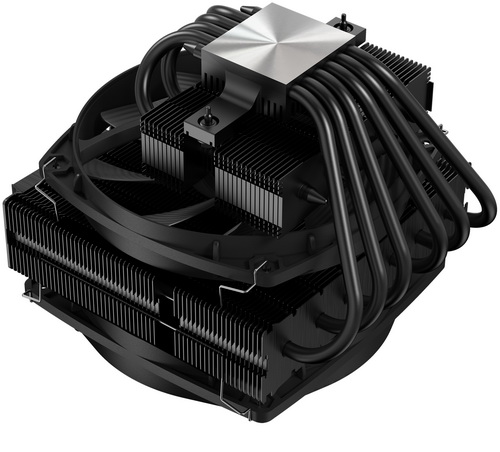
Whenever I test a top-down CPU cooler it’s very important for me to remember that their target audience is very specific and revolves around users who usually own very small PC cases. So, with that in mind even though the Dark Rock TF 2 didn’t surpass most of its larger tower (U-type) brothers it did very well for what it was meant to while at the same time producing very acceptable noise levels. Unfortunately, the Dark Rock TF 2 is amongst the largest top-down models in the market today which means that it may not fit inside some ITX cases (not easily) which means that you should really check for compatibility prior to getting it.
The be quiet! Dark Rock TF 2 CPU cooler was officially launched 2 days ago and even though availability is still not great you can find it for USD85.90 inside the USA (Newegg.com) and for around 85Euros inside the EU. Cost is probably the sole problem of the Dark Rock TF 2 as it was for the original TF model. On the other hand, however its target audience is very specific (not like you can squeeze the Dark Rock Pro 4 in a small ITX case) and that kind of ensures that this is probably the best CPU cooler of its class which is why it deserves the Golden Award.

PROS
- Excellent Build Quality
- Very Good Performance
- Dual Fan Solution
- Noise Levels
- Low Profile Cooler (134mm)
- Black Coating (For Some)
CONS
- Current Availability
- Price (For Some)

 O-Sense
O-Sense





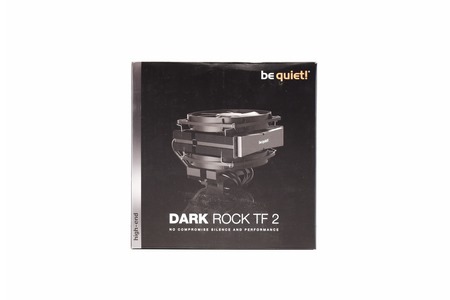
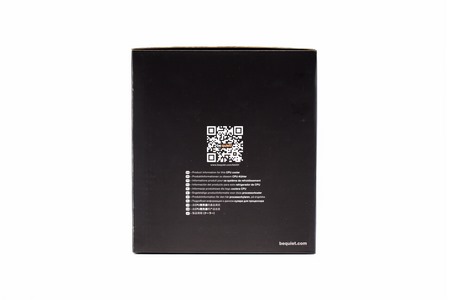







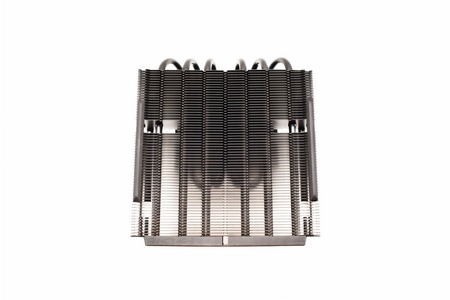
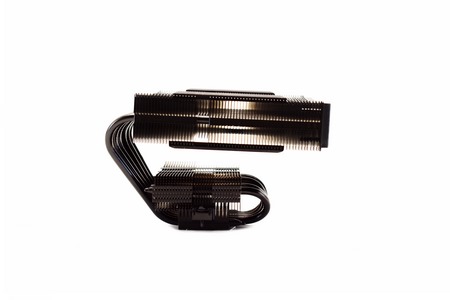





.png)

